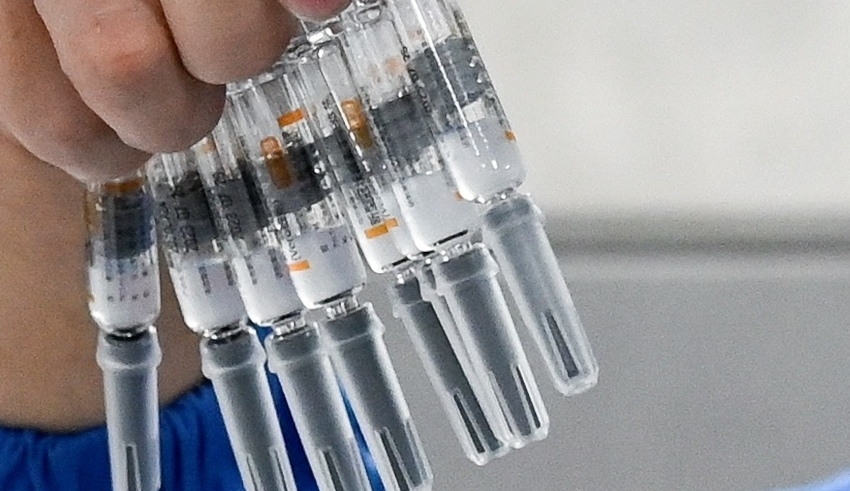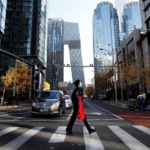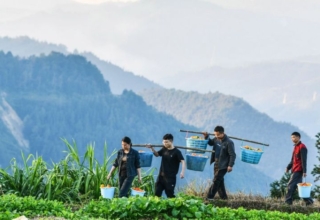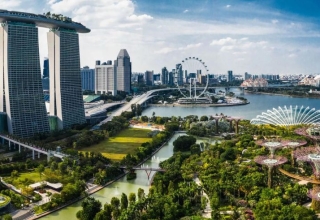
Chinese drugmakers scrambled to produce anti-fever medications and other COVID-19 therapies on Thursday, January 19, after President Xi Jinping expressed concern over the flow of holiday tourists to rural regions unable to deal with surprise outbreaks.
Xi’s remarks came little over a month after his administration unexpectedly scrapped his “zero-COVID” rules, which had mainly protected China’s 1.4 billion people from the disease for three years but triggered huge protests in late November.
Airfinity, a UK-based health data organization, predicts that when travel increases over the busy Lunar New Year vacation season, up to 36,000 people per day might perish from the disease.
China reported on Saturday, January 14, that approximately 60,000 patients with COVID died in hospitals between December 8 and January 12 — a roughly tenfold rise compared to earlier reports.
However, this figure does not include people who pass away at home, and some Chinese physicians have said that they are prohibited from listing COVID on death certificates. According to health experts, China’s official stats do not accurately reflect the full impact of the infection.
Ben Cowling, an epidemiologist at Hong Kong University, estimated that a greater number of COVID fatalities have happened thus far, perhaps more than 600,000 as opposed to 60,000, based on accounts of overcrowded hospitals and lengthy lines outside funeral homes.
As a result of China’s tumultuous withdrawal from a regime of mass lockdowns, travel restrictions, and periodic COVID testing, there has been a rush on pharmaceuticals as individuals attempt to combat the sickness on their own.
China Daily reported on Thursday that medication manufacturers in China are tripling their capacity to produce crucial fever and cough drugs in order to satisfy increasing demand.
China has depended on indigenous immunizations to battle the pandemic, rejecting international vaccines that, according to some research, are more effective, while other foreign therapies for COVID-19 have proved difficult to get in China.
Keep Reading
According to media reports and personal testimonies, Pfizer’s COVID-19 antiviral medication Paxlovid is accessible in China but has proved extremely difficult to get through official means. The antiviral medication molnupiravir from Merck & Co. has also been licensed for usage but is not yet widely accessible.
China’s National Medical Products Administration committed at a meeting this week to stabilize the cost of COVID-related medications and crack down on counterfeit sales.
The elderly are especially susceptible to the virus, as many of them are not completely immunized and are now at risk of infection when millions of urban workers return to their hometowns to celebrate the Lunar New Year, which officially begins on January 21.
Prior to the late 2019 emergence of COVID in the central Chinese city of Wuhan, the holiday was renowned as the largest yearly movement of people anywhere in the world.
“China’s COVID prevention and control is still in a moment of hardship, but the light is on the horizon, and perseverance is the key to success,” Xi said in a holiday greetings statement broadcasted by official broadcaster CCTV on January 18.
“I am primarily concerned about rural communities and farmers. The lack of medical services in rural regions makes disease prevention tough and laborious,” Xi remarked, adding that the elderly are a primary concern.
Local governments in China have lifted limits on the selling of fireworks in recent years, allowing a number of Chinese towns to celebrate the New Year with spectacular fireworks displays.
According to the business journal Yicai, Hangzhou, Kunming, Zhengzhou, and Changsha, all of which have populations over 10 million, will authorize the selling of pyrotechnics.
Wednesday, Airfinity calculated that 62 million individuals might be infected with the virus between January 13 and January 27, and that COVID-related mortality could peak at 36,000 per day on January 26. These projections are a significant increase from prior estimates.
Matt Linley, director of analytics at Airfinity, stated, “Our projection predicts a substantial strain on China’s healthcare system over the next two weeks, and it is possible that many curable patients will die owing to congested hospitals and a lack of treatment.”
Beyond the death toll, there is optimism that China’s reopening would revitalize its $17 trillion economy, which has had one of the lowest growth rates in almost half a century.
In an interview with Reuters at the World Economic Forum in Davos on Wednesday, IMF Deputy Managing Director Gita Gopinath predicted that China’s economic growth will rebound sharply beginning in the second quarter.
In recent sessions, these expectations have pushed China’s major stock markets and yuan currency to multi-month highs, although trade was subdued on Thursday as investors prepared for the holidays.
Chinese-controlled Hong Kong, which is attempting to revitalize its finance- and trade-dependent economy, said on Thursday that, from January 30, it will no longer require anyone with COVID-19 to be quarantined, lifting one of its remaining significant viral restrictions.

























